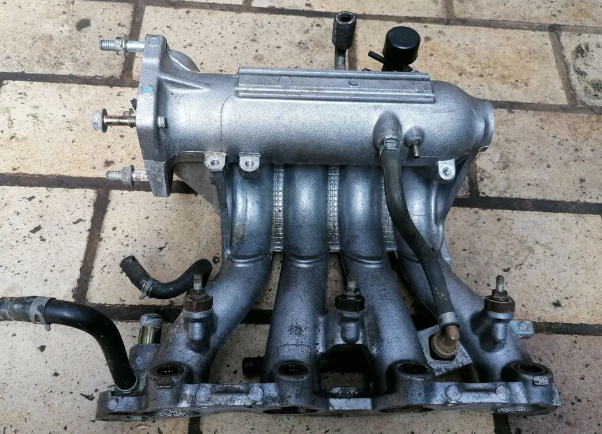The automotive industry is constantly evolving, with a myriad of components working together to ensure optimal performance. One such component that plays a crucial role in the functioning of internal combustion engines is the intake manifold. Serving as the gateway for air and fuel mixture, the intake manifold plays a vital role in the combustion process, affecting engine power, efficiency, and overall performance.
Why is the intake manifold important in an automotive engine?
The intake manifold serves as the connection between the engine's intake ports and the throttle body, facilitating the delivery of air and fuel mixture to the combustion chambers. It plays a crucial role in determining the engine's power, efficiency, and overall performance. Intake manifolds play a crucial role in the performance of your car's engine. Think of them as the delivery guys of the air and fuel mixture – they transport it from the carburetor or fuel injector to the combustion chambers. It's like a fancy dinner delivery service, but for your engine. Getting the right amount of air and fuel mixture is key to a happy engine. The intake manifold ensures that this mixture reaches each cylinder at the right time and in the right proportions. It's like the conductor of an orchestra, making sure all the instruments play in harmony.
Let’s take a closer look at the inner workings of intake manifolds. They consist of several components, including the runners, plenum chamber, throttle body, and intake ports. Think of them as the Avengers, each playing a unique role in delivering that air and fuel mixture. Intake runner length and diameter might sound like something you'd hear in a physics class, but fear not. The length affects the engine's torque characteristics, with shorter runners optimizing low-end torque, and longer runners boosting high-end power. It's like having a magician who can change the engine's personality with a simple adjustment.
When it comes to airflow dynamics and pressure differentials, things get a bit technical. But hey, we'll keep it simple. The intake manifold is designed to create a smooth, uninterrupted flow of air and fuel mixture, minimizing turbulence and pressure drops. Think of the intake manifold as a delivery system for air. By adjusting its design and dimensions, you can optimize how much air is delivered to the engine at different RPM ranges. This tuning process ensures that the engine gets the right amount of air at the right time, leading to improved power and efficiency.

What are the common signs of intake manifold issues?
Common signs of intake manifold issues include rough idling, decreased engine performance, misfires, poor fuel economy, coolant leaks, and the presence of engine codes related to intake manifold problems. If you notice any of these symptoms, it's important to have your intake manifold inspected and repaired if necessary. Prevention is key when it comes to maintaining your intake manifold. Regularly cleaning the intake manifold and its components can help prevent the build-up of carbon deposits and other debris, which can negatively impact performance.

Remember, a clean and well-maintained intake manifold will keep your engine running smoothly and ensure you enjoy that exhilarating drive for years to come. Choose Hillside Auto Repair for any concerns you may have regarding your vehicle's intake manifold. Our highly skilled team takes great pride in providing top-notch service. To demonstrate our commitment to excellence, we offer an extensive 3 year/36,000 mile warranty with our services, ensuring your complete satisfaction and peace of mind.